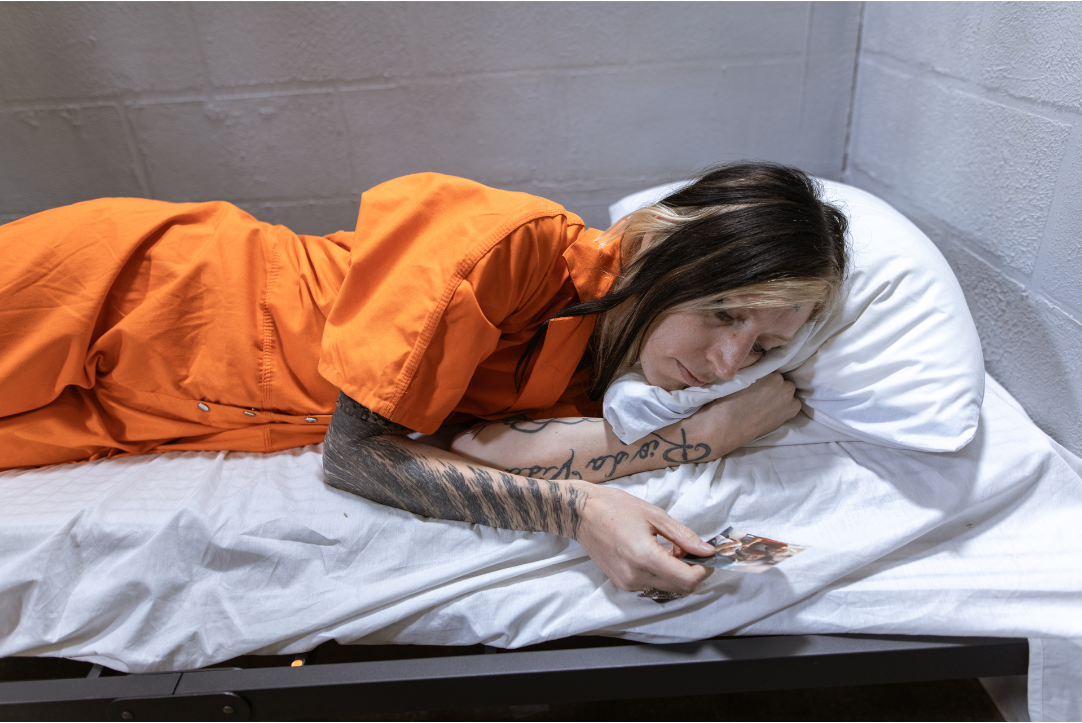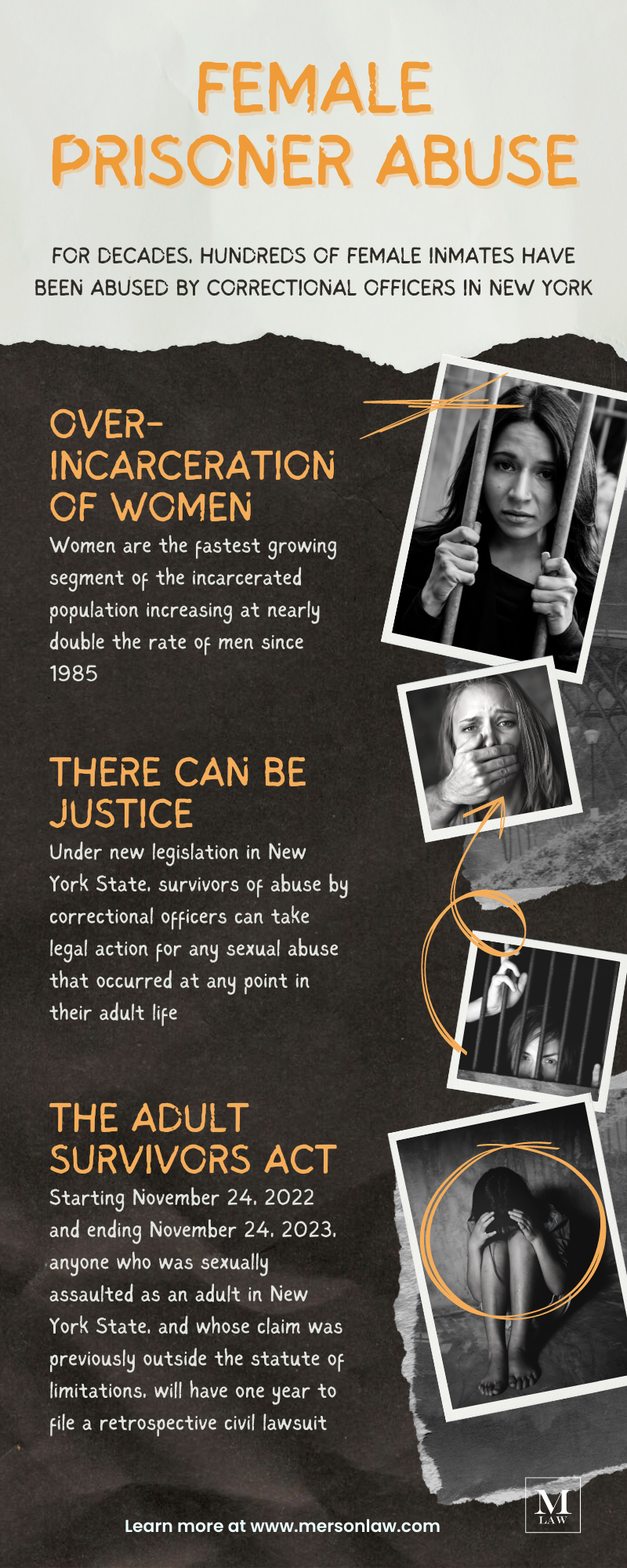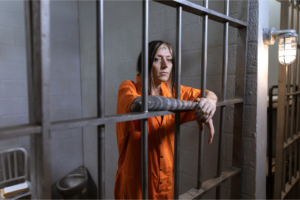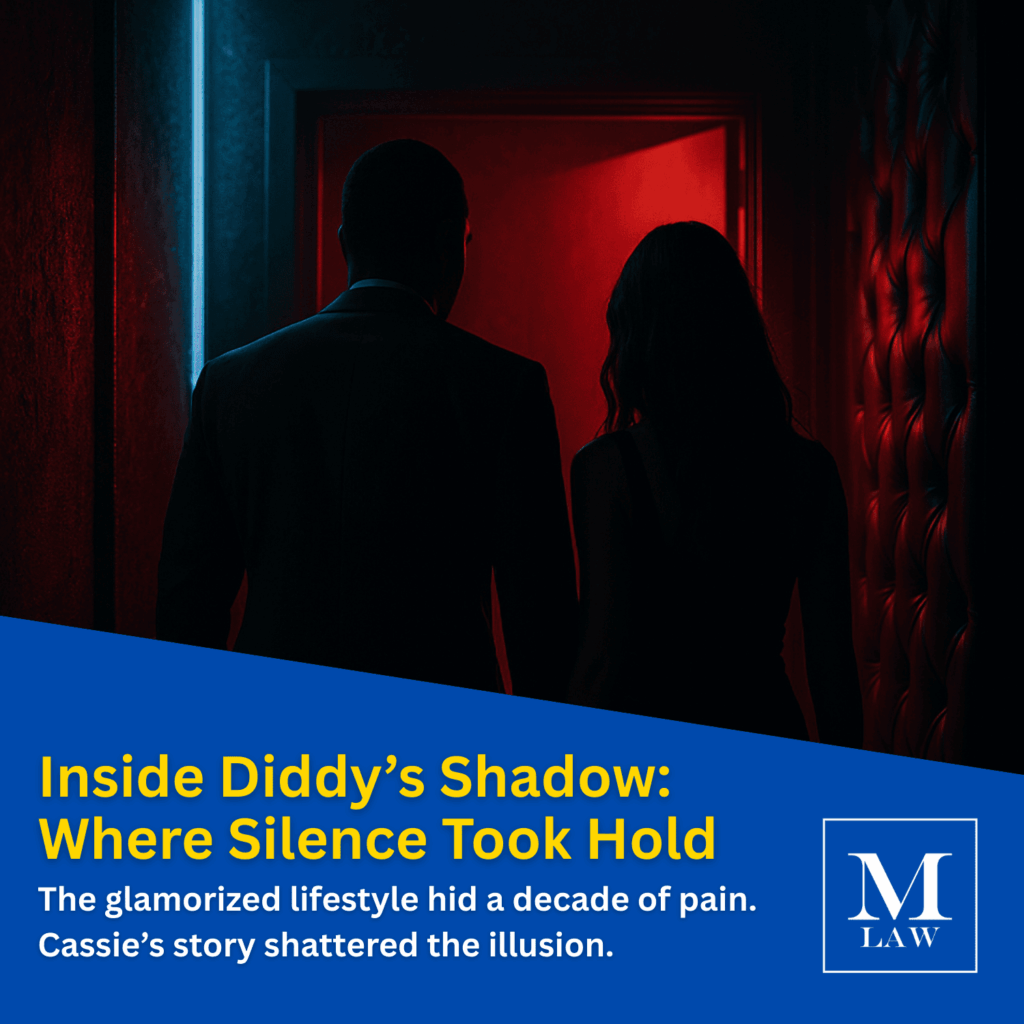This article on female prisoner abuse statistics contains information that may be troubling or traumatic to some individuals, especially to those who have experienced sexual violence within a correctional facility. If you are one of these individuals, contact Merson Law today to find out how our lawyers can help you.
Over 1 million women are currently imprisoned or under the control of the US criminal justice system.
According to the ACLU, “women are the fastest growing segment of the incarcerated population increasing at nearly double the rate of men since 1985.”
And as this population continues to grow, so does the number of incarcerated women who become victims of sexual assault.
While these statistics may paint a bleak picture of the US criminal justice system, there have been great improvements to New York Law that can help survivors and work toward eliminating prison sexual abuse.
Prison sexual abuse survivors in New York can now take legal action for any sexual abuse that occurred at any point in their adult life.
Female Prisoner Abuse Statistics
What percentage of prisoners are abused?
It is difficult to truly know how many prisoners are abused, however some organizations have produced estimates.
“According to Human Rights Watch at least 15 percent of incarcerated females have been the victims of prison sexual assault. These assaults occur at the hands of prison staff and other inmates” (Piecora, Jurist).
Additionally, Human Rights Watch estimates that “at least half of all female prisoners have experienced some form of sexual abuse prior to incarceration.” In some places, the statistics are even worse. The ACLU estimates that 92% of all women in California prisons had been “battered and abused” in their lifetimes.
Women consist of only 7% of the total prison population, but account for 46% of sexual abuse victims.
In these instances, women also account for 22% of all victims of inmate-on-inmate sexual victimization, and 33% of all victims of staff-on-inmate sexual victimization.
Who are the Perpetrators?
According to the U.S. Department of Justice, 68.6% of substantiated staff sexual misconduct in American prisons came from correctional officers.
More than a third of victimization in the study it conducted occurred in a program service area, like a kitchen, storage area, or commissary.
Inmates of private prisons are half as likely to say they have been sexually victimized by other inmates as those who were in public prisons; however, they are about twice as likely to report sexual victimization by staff.
When reported, staff sexual victimization was typically reported by the victim or another inmate, not by a correctional officer or other staff.
Read more about prison sexual abuse in New York and how survivors can get justice.
Sexual Abuse in Female Prisons
Who are the Victims?
Prison demographics do not align with those of the nation at large, and as a result, there are a disproportionate amount of minority victims of sexual abuse in prisons, as well as those who are abused while detained before trial.
Latina women experience almost four times the rates of incarceration as women of European descent and African American women are eight times more likely.
There is also evidence that “perceived or actual sexual orientation is one of the four categories that make a female prisoner a more likely target for sexual abuse, as well as a target for retaliation when she reports that abuse.” Similarly, research shows that perceived sexual orientation can bias a juror against a defendant at three times the rate race may.
Additionally, as many as 80 per cent of women in prison have an identifiable mental illness, according to the World Health Organization.
Inmate Abuse by Correctional Officers
Prisoners are inherently in a position of vulnerability and dependence on prison staff for their basic needs and safety. This power dynamic creates a significant potential for abuse and coercion. Guards and officers have authority over prisoners, and any relationship between a person in authority and an inmate is inherently unequal. Consent in such situations may not be genuine and can be influenced by fear, pressure, or a desire for preferential treatment.
Sexual relationships between prisoners and correctional staff can also easily lead to exploitation and manipulation. Guards or officers may use their position of authority to exploit vulnerable prisoners for personal gain or control, leading to serious abuses of power.
What Victims Can Do
Until November 24, 2023, anyone who was sexually assaulted as an adult in New York State, including in correctional facilities, and whose claim was previously outside the statute of limitations, will be able to file a retrospective civil lawsuit.
This means that you have until November 24, 2023, to file a lawsuit for sexual assault that occurred at any time in New York, regardless of how long it has been, or if you were already rejected due to expired statute of limitations.
We urge victims to take advantage of this opportunity. The sexual assault lawyers at Merson Law PLLC can help you with this lawsuit. Contact our office today by filling out our contact form or by calling our office at 212-603-9100.










